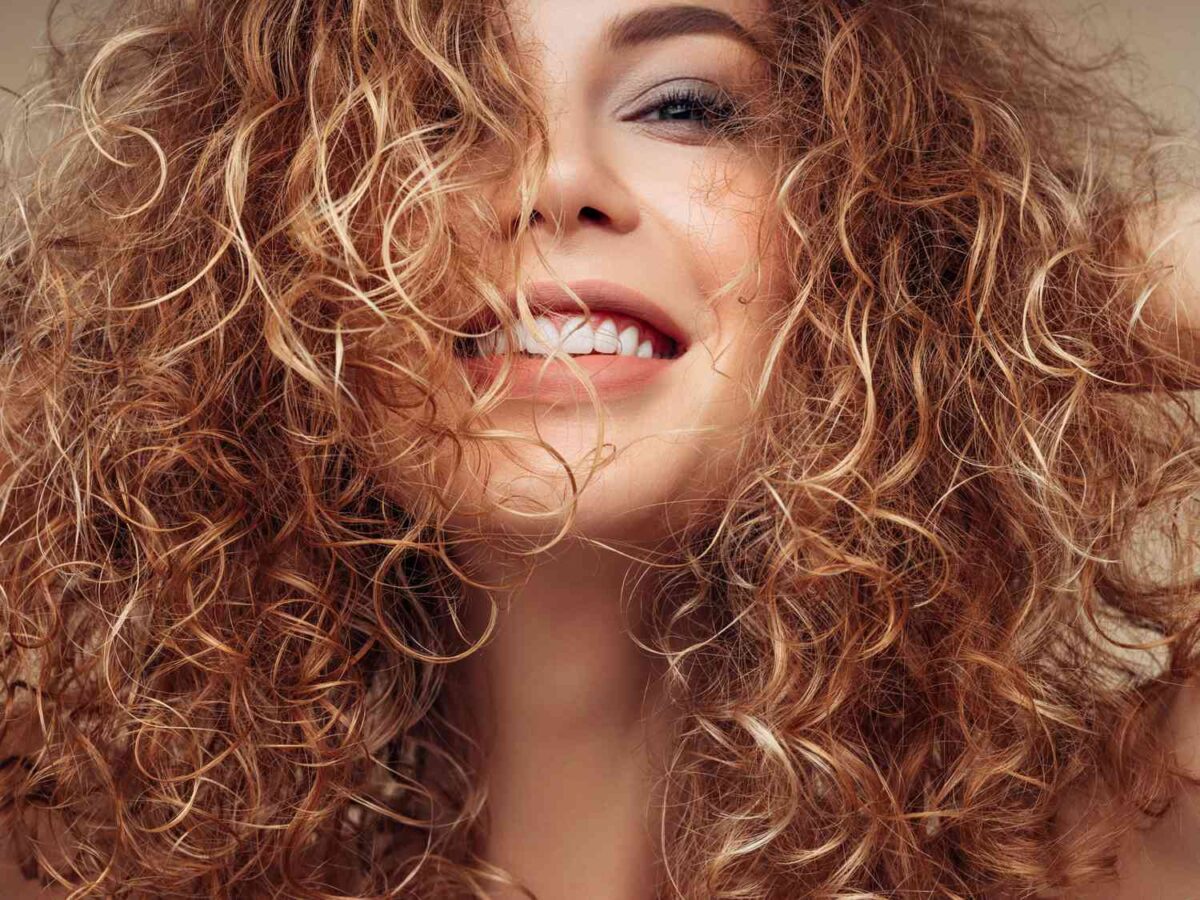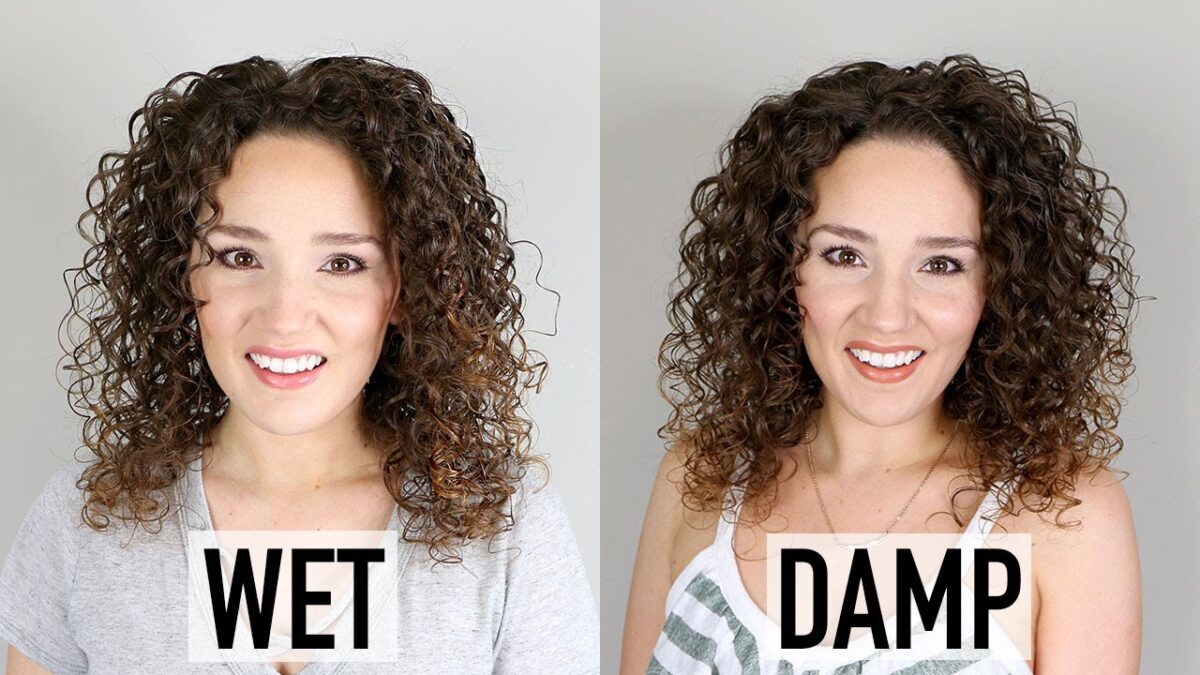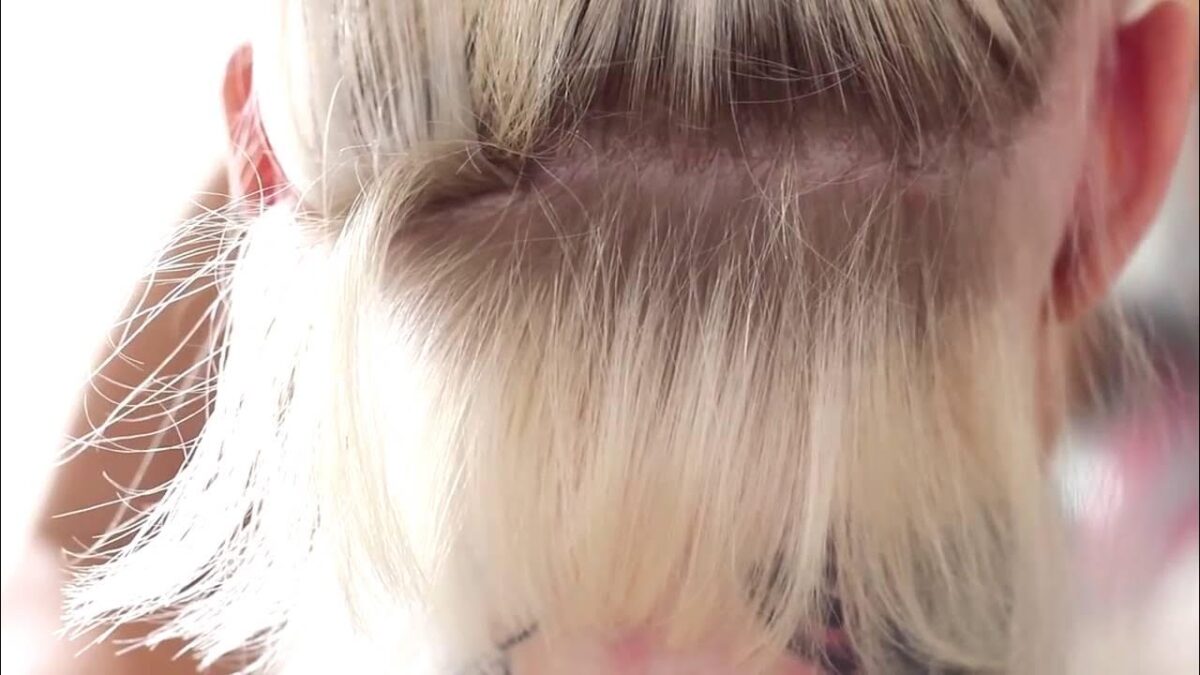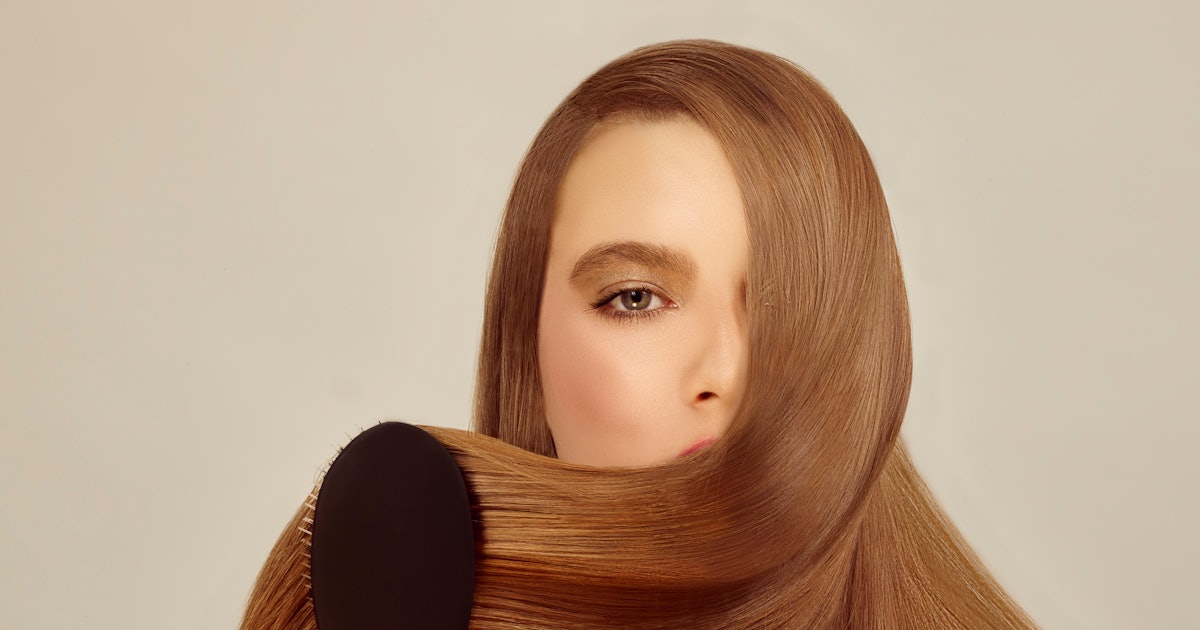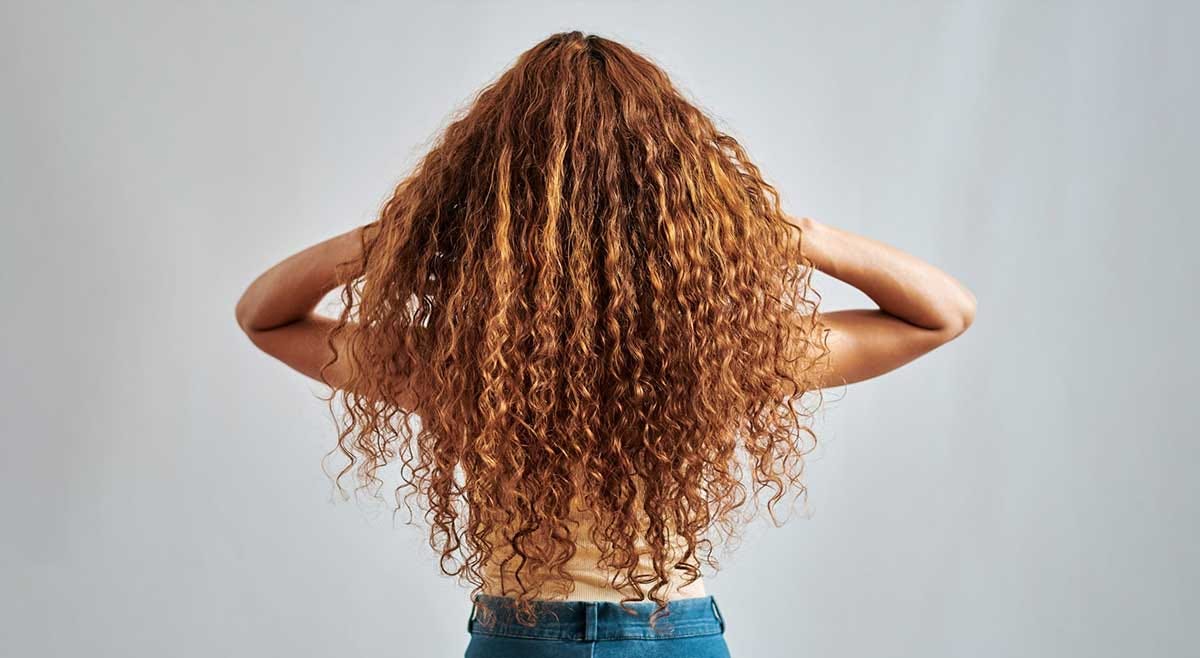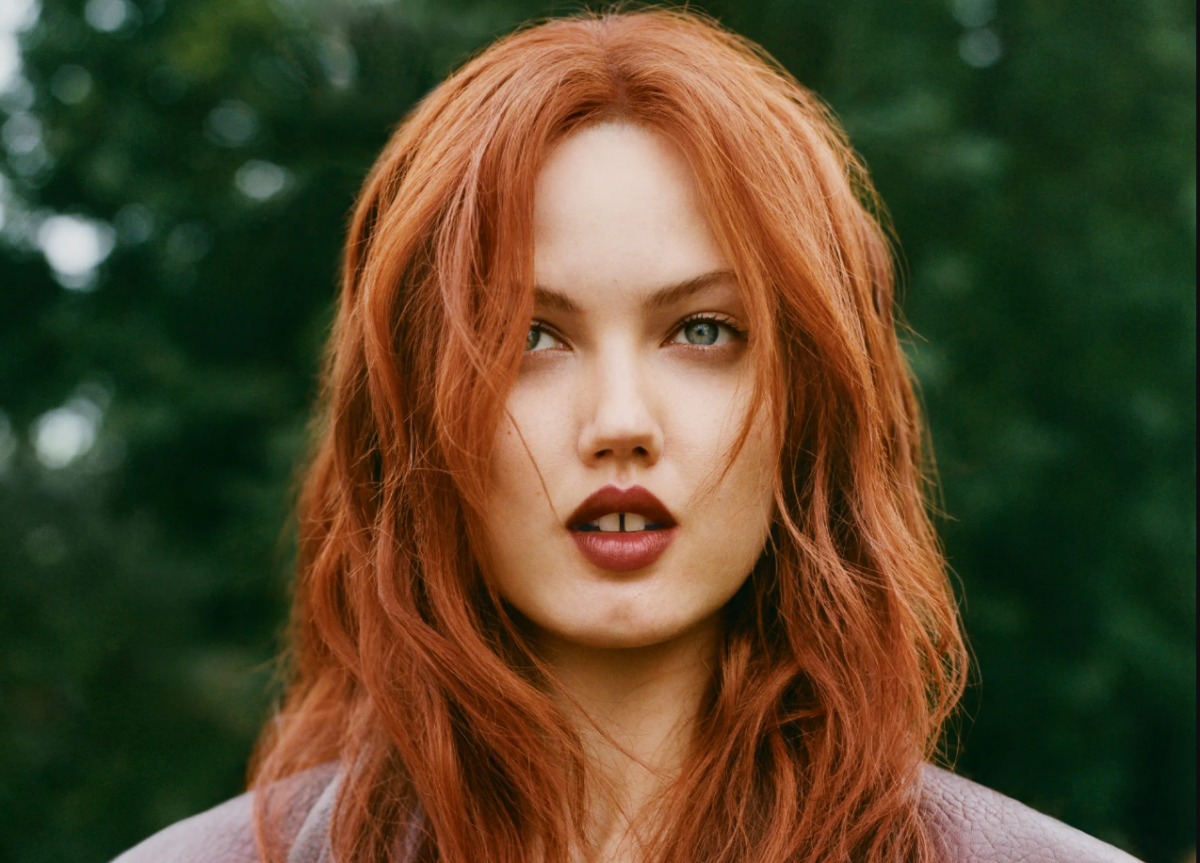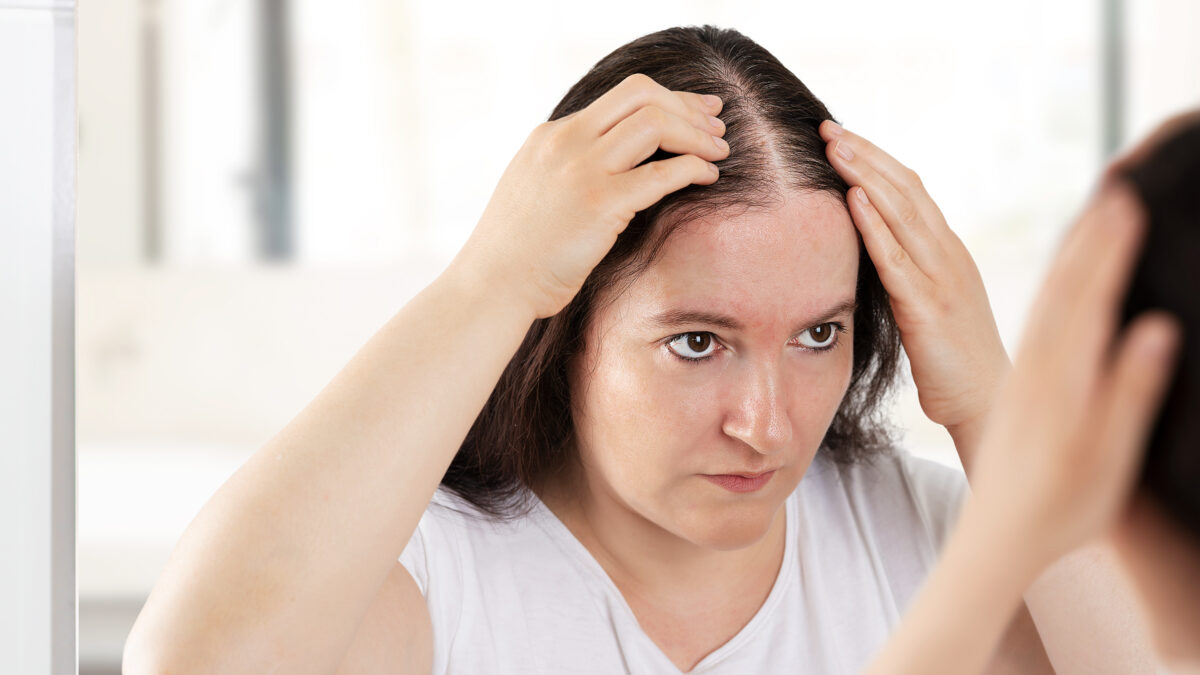Hair loss in women is a widespread concern that affects millions globally, transcending age and ethnic backgrounds. Unlike the more uniform pattern baldness experienced by men, female hair loss can manifest in various ways, ranging from thinning hair to noticeable bald patches, deeply affecting self-esteem and emotional well-being. The statistics are telling: research indicates that up to 50% of women will experience some form of hair loss by the age of 50, a condition often exacerbated by menopause due to hormonal shifts.
The causes of hair loss in women are multifaceted, encompassing genetic predispositions, hormonal changes such as those associated with pregnancy, menopause, and thyroid disorders, as well as external factors like stress, poor nutrition, and harsh hair care practices. Stress, in particular, can trigger telogen effluvium, a temporary condition where hair falls out after a stressful experience. Nutrient deficiencies, including lack of iron, vitamin D, and essential proteins, can also lead to weakened hair structure and loss.
Recognizing the signs of hair loss early and seeking treatment can make a significant difference in outcomes. Early detection allows for a broader range of effective treatments and preventive measures, mitigating the extent of hair loss and, in many cases, facilitating regrowth. It emphasizes the critical importance of not only addressing the physical aspects of hair loss but also understanding its psychological impact on individuals. Effective management of hair loss thus requires a holistic approach, incorporating medical intervention, lifestyle adjustments, and, when necessary, psychological support to navigate the emotional challenges posed by this condition.
Causes of Hair Loss in Women
The reasons behind hair loss in women are complex and varied, often involving a combination of genetic, hormonal, medical, and lifestyle factors. Understanding these causes is crucial for identifying the most effective treatment strategies.
Genetic Factors
Androgenetic alopecia, commonly known as female pattern hair loss, is a hereditary condition that affects many women. This type of hair loss is characterized by a gradual thinning of hair, particularly on the crown and top of the scalp. Genes inherited from either parent can increase a woman’s susceptibility to androgen sensitivity, leading to hair follicle miniaturization and, subsequently, hair thinning.
Hormonal Changes
Hormonal fluctuations play a significant role in female hair loss. Events such as pregnancy, childbirth, menopause, and thyroid disorders can all trigger hair loss. For example, during pregnancy, women may experience thicker, more vibrant hair due to elevated hormone levels, only to face postpartum hair loss as hormone levels normalize after childbirth. Similarly, the hormonal imbalances associated with menopause and thyroid issues can lead to significant hair thinning.
Medical Conditions
Several medical conditions can contribute to hair loss in women. Anemia, caused by iron deficiency, can result in insufficient oxygen supply to hair follicles, inhibiting hair growth and causing shedding. Autoimmune diseases, such as alopecia areata, attack the hair follicles directly, leading to patchy hair loss. Other conditions like polycystic ovary syndrome (PCOS) can also have hair loss as a symptom due to hormonal imbalances affecting the scalp and hair follicles.
Lifestyle and Nutrition
Lifestyle choices and nutritional habits significantly impact hair health. Diets lacking in essential nutrients like iron, zinc, vitamins A, C, D, and E, and proteins can lead to weaker hair growth and increased shedding. Furthermore, excessive styling, heat treatments, and harsh chemical products can damage hair follicles, contributing to hair loss. Stress, both physical and emotional, can also exacerbate hair shedding through a phenomenon known as telogen effluvium, where more hairs enter the resting phase and fall out more easily.
In conclusion, the causes of hair loss in women are diverse, each requiring targeted approaches for effective management and treatment. Understanding these underlying factors is the first step toward addressing hair loss and promoting healthy hair growth.
Overview of Products
The market offers a plethora of products aimed at combating female hair loss, each designed to address different aspects of the condition, from stimulating hair growth to strengthening hair follicles. Here’s an overview of the types of products available, including shampoos and conditioners, serums and lotions, dietary supplements, as well as oils and hair masks.
Shampoos and Conditioners
Shampoos and conditioners formulated with active ingredients such as ketoconazole, biotin, caffeine, and natural oils are popular for their potential to stimulate hair growth and fortify hair follicles. Ketoconazole is known for its anti-fungal properties and ability to reduce scalp inflammation, a common precursor to hair loss. Biotin, a B vitamin, supports keratin production, which can enhance hair strength. Caffeine has been shown to stimulate hair follicle growth, while natural oils like argan and jojoba oils moisturize and nourish the scalp and hair.
- Highly Rated Brands: Nizoral (for ketoconazole), Pura D’or (rich in biotin and natural ingredients), and OGX (caffeine-infused products).
Serums and Lotions
Serums and lotions often contain minoxidil, an FDA-approved ingredient that is effective in stimulating hair growth. It works by prolonging the growth phase of hair follicles, encouraging thicker and fuller hair over time. There are also natural formulations featuring ingredients like rosemary oil, which has been studied for its ability to improve hair growth comparable to minoxidil, without the synthetic chemicals.
- Recommended Products: Rogaine (minoxidil-based), and natural serums from brands like The Ordinary, which offer alternatives with rosemary oil.
Dietary Supplements
A balanced intake of vitamins and minerals is essential for maintaining healthy hair growth. Supplements containing iron, zinc, B vitamins (especially biotin), vitamin D, and omega-3 fatty acids can help address nutrient deficiencies that contribute to hair loss. These nutrients support the hair growth cycle, improve hair density, and provide the scalp with the necessary nourishment.
- Notable Supplements: Viviscal (for comprehensive hair growth support), Nutrafol (targeted at women, with bioactive ingredients), and FloraGLO (a source of omega-3).
Oils and Hair Masks
Natural oils and hair masks offer deep moisturizing and nourishing benefits for the scalp and hair. Argan oil is celebrated for its rich antioxidant content and hair strengthening effects. Castor oil is reputed for promoting hair growth due to its ricinoleic acid content, while coconut oil provides deep moisture, preventing hair breakage and loss.
- Popular Choices: Pure argan oil from Moroccanoil, castor oil from Sky Organics, and coconut oil hair masks from Shea Moisture.
Each of these product categories offers a range of solutions for women facing hair loss, from scientifically formulated products to natural and holistic remedies. It’s important to choose products based on individual needs, hair type, and the underlying cause of hair loss, and to consider consulting with a dermatologist or trichologist to tailor a treatment plan.
Hair Care Tips
Maintaining healthy hair and mitigating hair loss involves more than just the right products; it also requires attention to lifestyle, diet, and general hair care practices. Here are some essential tips for preserving hair health and maximizing the effectiveness of hair loss treatments.
Lifestyle and Diet Changes
- Nutrition: Ensure a balanced diet rich in proteins, vitamins, and minerals. Key nutrients for hair health include iron, zinc, omega-3 fatty acids, and vitamins A, C, D, and E. Incorporate foods like spinach, salmon, nuts, and eggs into your diet.
- Hydration: Drinking enough water is crucial for maintaining healthy hair as it supports the health of hair cells and promotes growth.
- Stress Management: Chronic stress can lead to hair loss. Techniques such as meditation, yoga, regular exercise, or engaging in hobbies can help manage stress levels.
- Sleep: Adequate sleep is vital for overall health, including hair health, as growth hormones released during sleep can promote hair growth.
Tips on Product Use
- Gentle Handling: Avoid harsh treatments such as tight braids, hair extensions, and high heat styling tools that can pull on the hair and lead to breakage.
- Proper Application: When using treatments like minoxidil or natural serums, apply directly to the scalp as instructed, rather than on the hair, to ensure that the product reaches the follicles.
- Regular Washing: Keeping the scalp clean can prevent dandruff and scalp infections that may lead to hair loss. However, over-washing can strip natural oils, so find a balance that works for your hair type.
- Conditioning: Use a conditioner after every shampoo to keep hair hydrated, reduce breakage, and improve hair texture. Leave-in treatments can provide additional moisture and protection.
General Hair Care
- Minimize Chemical Treatments: Frequent coloring, perming, and chemical straightening can damage hair. Opt for natural styling methods and give your hair a break from harsh chemicals.
- Trim Regularly: Regular trims help prevent split ends from working their way up the strand, which can result in less breakage and fuller-looking hair.
- Heat Protection: If you use heat styling tools, apply a heat protectant spray to minimize damage.
- Scalp Massage: Regular scalp massages can improve circulation and promote hair growth. Use gentle, circular motions with your fingertips or a soft-bristled brush.
By integrating these hair care tips into your routine, you can support healthier hair growth, prevent further loss, and enhance the effectiveness of any treatments you’re using. Remember, consistency and patience are key, as results from lifestyle changes and hair care practices may take time to manifest.
FAQ on Hair Loss in Women
1. Can hair loss in women be reversed?
Hair loss in women can often be managed or reversed, depending on the cause. Treatments like minoxidil, proper nutrition, and addressing underlying medical conditions can lead to improvements. However, genetic hair loss (androgenetic alopecia) may require ongoing treatment to maintain results.
2. How do I know if my hair loss is normal?
It’s normal to shed 50-100 hairs a day. If you notice more significant shedding, thinning patches, or overall hair thinning, it may be time to consult a healthcare professional to determine the cause.
3. What vitamins are good for hair loss?
Vitamins and minerals that are particularly beneficial for reducing hair loss and promoting hair growth include iron, zinc, vitamins A, B (especially biotin), C, D, and E, as well as omega-3 fatty acids.
4. Can stress cause hair loss?
Yes, stress can lead to two types of hair loss: telogen effluvium, where hair falls out after a stressful event, and alopecia areata, an autoimmune condition where the immune system attacks hair follicles, both of which can be exacerbated by stress.
5. How can I prevent hair loss naturally?
Preventing hair loss naturally involves a healthy diet rich in essential nutrients, minimizing stress, avoiding harsh hair treatments and styles that pull on the hair, and maintaining a healthy scalp environment.
6. Is it worth seeing a doctor for hair loss?
Yes, consulting with a doctor, particularly a dermatologist or trichologist, can be valuable to determine the underlying cause of hair loss and to develop a targeted treatment plan.
7. How long does it take to see results from hair loss treatments?
The time to see results from hair loss treatments varies; minoxidil, for example, may take 3-6 months to show noticeable improvement. Natural remedies and dietary changes might take a similar time frame or longer to demonstrate visible results.
8. Can changing my diet really help with hair loss?
Yes, diet plays a crucial role in hair health. A diet lacking in essential nutrients can lead to hair loss, while one rich in vitamins, minerals, and proteins can support hair growth and reduce shedding.
9. Are there any side effects to hair loss treatments?
Some hair loss treatments, such as minoxidil, can have side effects like scalp irritation or unwanted hair growth on adjacent areas of the face. Natural remedies generally have fewer side effects but may be less effective for some individuals.
10. Can hormonal imbalances cause hair loss?
Yes, hormonal imbalances related to pregnancy, menopause, thyroid disorders, and PCOS can contribute to hair loss. Addressing these imbalances through medical treatment and lifestyle changes can help manage hair loss.
Conclusion
Navigating the journey of treating and managing hair loss in women requires a blend of patience, consistency, and a proactive approach to healthcare. The path to restoring hair health or mitigating further loss is often gradual, with many treatments taking months to yield visible results. It’s essential to maintain a consistent routine, whether you’re applying topical treatments like minoxidil, adapting your diet to ensure it’s rich in hair-supportive nutrients, or employing stress-reduction techniques.
The variability in the causes of hair loss underscores the necessity of seeking professional medical advice. A healthcare provider, particularly a dermatologist or a trichologist specializing in hair and scalp issues, can offer invaluable insights into your specific condition. Through a comprehensive evaluation, which may include blood tests, scalp examinations, and a review of your medical history, a doctor can identify the underlying causes of your hair loss. This personalized diagnosis is crucial for crafting a targeted treatment strategy that addresses your unique needs, potentially including prescription medications, lifestyle adjustments, and even surgical options for more severe cases.
Moreover, a doctor can provide guidance on the safe use of hair loss products, helping you navigate the myriad options available and select those most likely to be effective for your situation. They can also monitor your progress and adjust treatments as necessary, ensuring the best possible outcome.
In conclusion, while the market is replete with products and solutions claiming to combat hair loss, the key to effective management lies in a personalized approach informed by professional medical advice. Embrace patience and consistency in your treatment regimen, and remain open to adjusting your strategy based on your evolving needs and the guidance of your healthcare provider. Remember, the journey to healthier hair is a marathon, not a sprint, and taking informed, thoughtful steps forward is the best path toward achieving your hair health goals.
